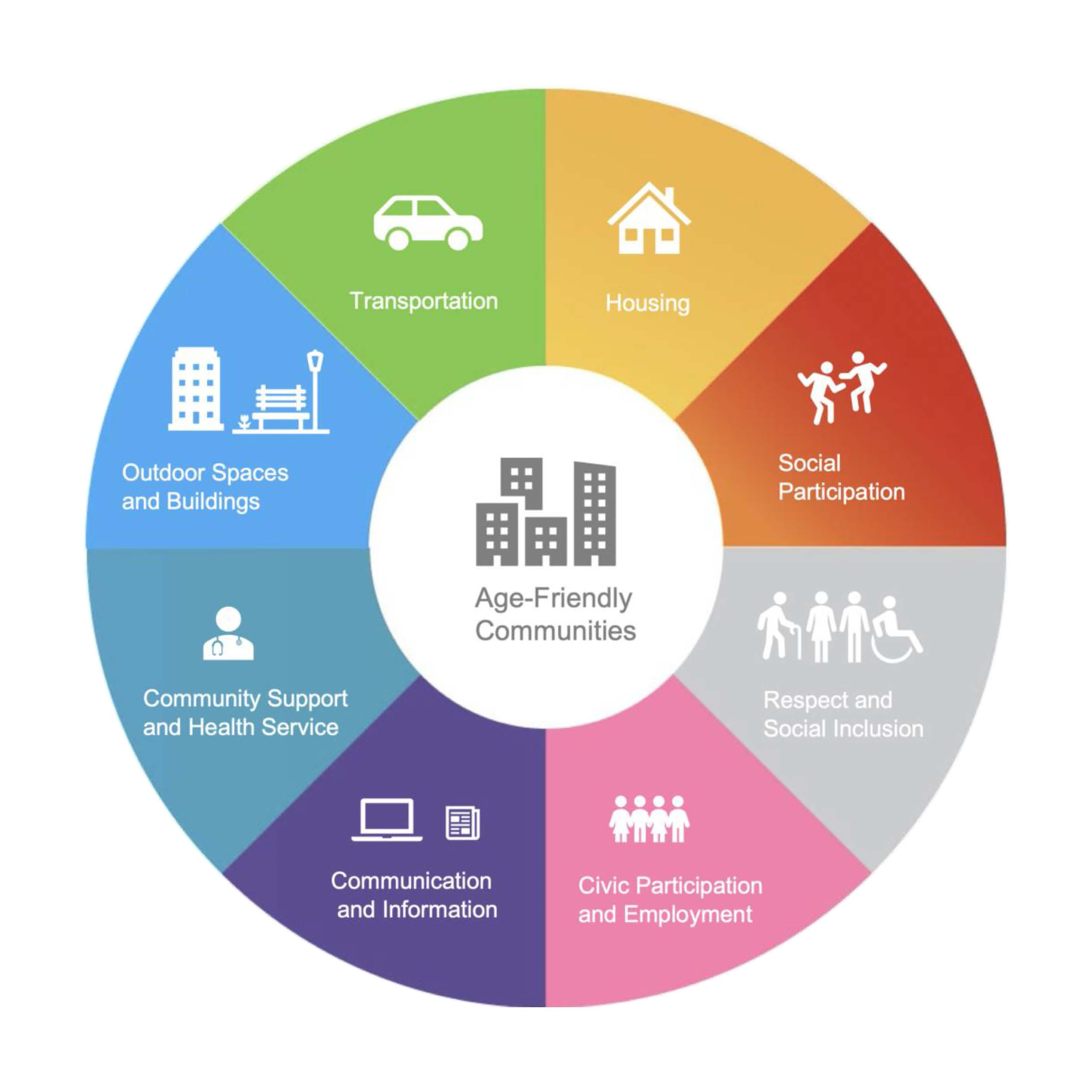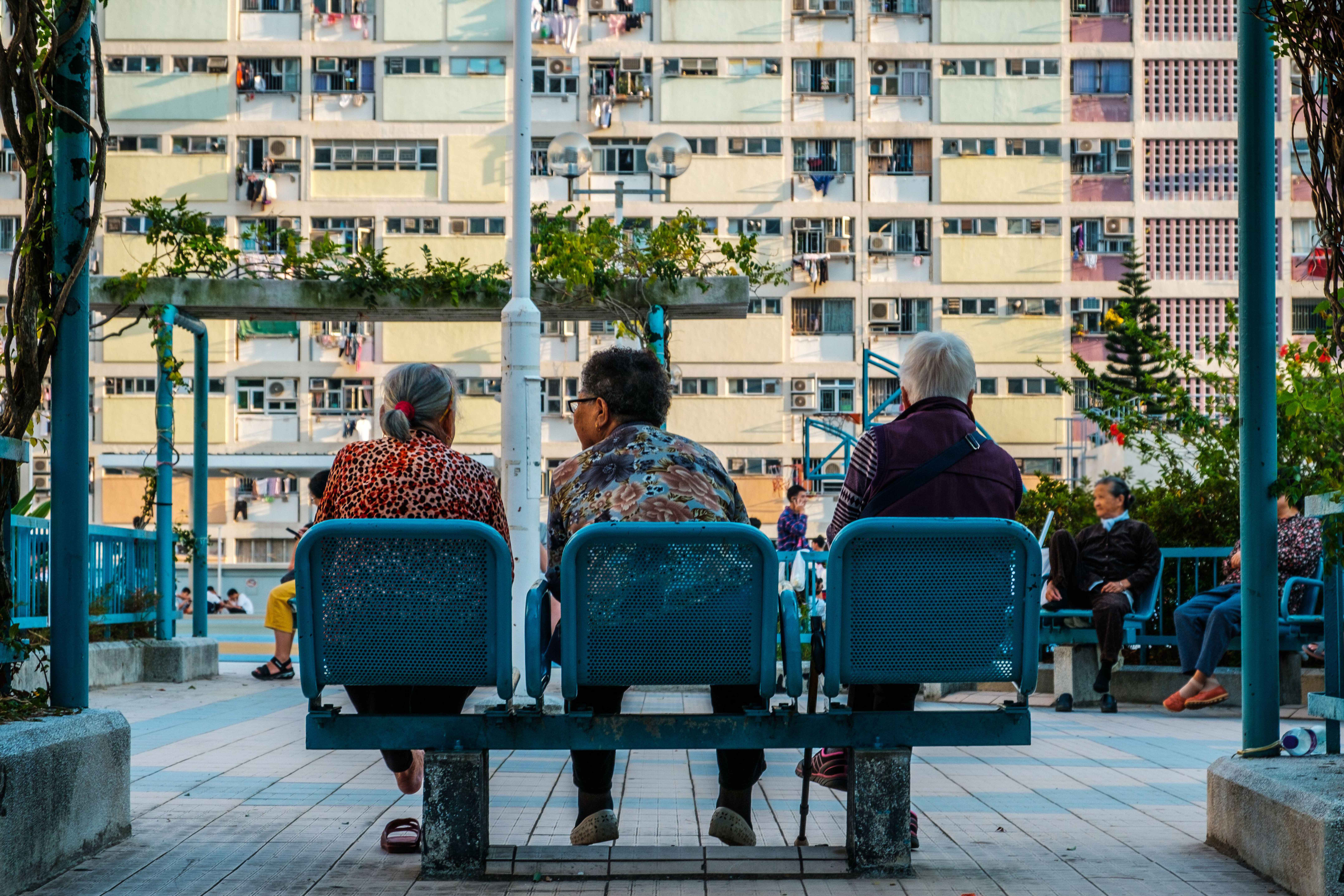As the day unfolds in Hong Kong, the daily rituals of an ageing population are on full display. In a plaza near the Mong Kok Flower Market, dozens of elderly people gather for early morning tai chi. Others are sipping tea and waiting for steaming baskets of dim sum at a nearby restaurant. Later, the green space of nearby Bishop Hill will echo with the rhythm of ping-pong and the clatter of mah-jong as pensioners make use of informal recreational spaces they built themselves.


These are ordinary scenes in a city where one in five people is over the age of 65, and where life expectancy now exceeds 85 years — the longest in the world. Is that a coincidence? These seemingly mundane activities could hold an important lesson for a world whose population is rapidly ageing. The United Nations expects there will be 1.6 billion elderly people by 2050, and their numbers are likely to be disproportionately concentrated in the cities of China, Europe and North America. Ensuring their health, happiness and comfort will be crucial for policymakers, planners and designers.
For now, social isolation is one of the key problems facing the world’s elderly. Even in lively, densely packed Hong Kong, a new study indicates that 53 per cent of seniors are experiencing social isolation, up from 41.2 per cent in 2018. The culprits vary from place to place. In Hong Kong, an affordable housing crunch, rising cost of living and a wave of emigration during the Covid pandemic are the main culprits. In other cities, a lack of quality public space, social services, community facilities and adequate public transport keeps elderly people stuck at home.

The consequences can be dire. Researchers in the US have found that for elderly people, social isolation can have the same impact on mortality as smoking 15 cigarettes per day; while they have identified specific causes, this may be due to the higher risk of depression, dementia, immune system issues and other factors. The solution, according to researchers, is to build strong communities through spaces and services that foster a sense of social connection.

The World Health Organization has released an Age-friendly Cities Framework that includes recommendations related to community and healthcare, transportation, housing, social participation, outdoor spaces and buildings, social inclusion, civic participation and communication. But exactly how those recommendations are interpreted is up to architects and designers.

There’s no single approach. Currently, Hong Kong and cities around the world are seeing new models of retirement and care facilities, inclusive public spaces and community-based initiatives that encourage social interaction and intergenerational connections. While ageing populations have specific needs, in a sense the goal is the same as any kind of architecture: to create spaces that are comfortable and functional for their users.





